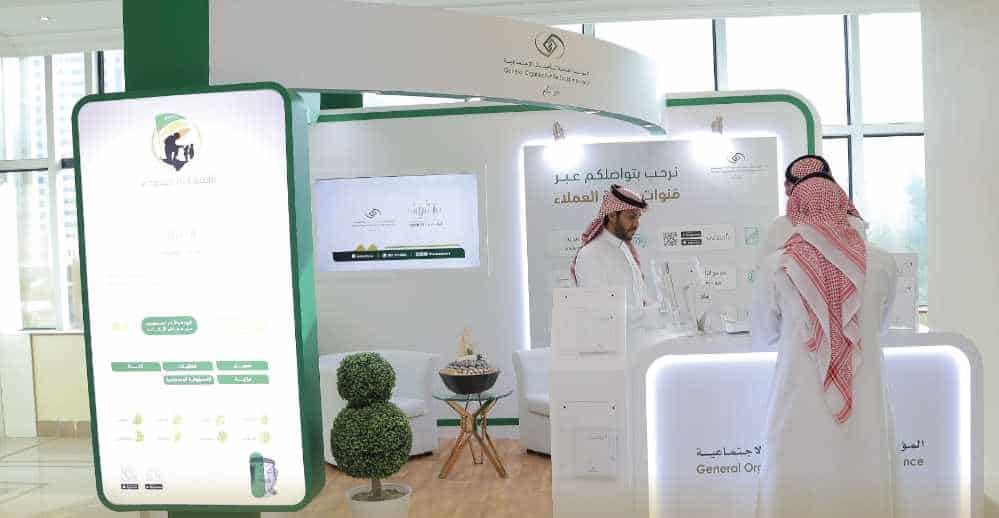Saudi Arabia may allocate welfare funds in the next year’s budget planning as higher oil prices indirectly push up food prices, Alex Perjessy, Vice President – Senior Analyst at Moody’s, told TRENDS in an email interview.
“The royal decree to allocate an additional SAR 20 billion ($5.3 billion or 0.5% of GDP) to ‘confront the repercussions of rising prices globally’ is intended to directly support the most vulnerable citizens through cash transfers via the citizen’s account and to build strategic stocks of basic commodities, such as grains, to limit future sharp increases in food prices,” he said.
The measure relates to this year’s budget but could well be incorporated into next year’s budget planning given the global oil and food price outlook, Perjessy added.
In the first week of July, Saudi Arabia’s King Salman approved the allocation of SAR 20 billion to deal with the fallout of the rising global prices, with half of the allocated money going to social insurance beneficiaries and the Citizen’s Account Program.
However, Devesh Mamtani, Chief Market Strategist, Century Financial, believes that Saudi Arabia’s move to allocate funding to confront rising costs is a “short-term” measure though it will alleviate the economic pain of the poorest citizens, Devesh Mamtani, Chief Market Strategist, Century Financial, told TRENDS.
“People at the lower end of the economic pyramid tend to be disproportionately impacted by the price rise. This is because they spend more of their income on essential commodities such as food, electricity, energy, etc. So the current scheme of the Saudi government will help alleviate the economic pain of the poorest citizens.”
The long-term solution will be to upskill the population to make sure that they can be employable in a more diverse economy, Mamtani noted.
“The Saudi government is trying to diversify the economy as a part of its Vision 2030 plan, so there is a massive requirement for qualified human resources. Once a person is properly skilled, the private sector companies will be willing to offer that person a job.”
Elsewhere, the UAE has announced increasing financial support for low-income Emirati families by AED 14 billion ($3.8 billion or 0.75% of GDP). Kuwait also announced a financial support package directed at retirees worth $1.6 billion (0.8% of GDP).
“The other GCC governments are likely to introduce similar measures, the fiscal impact of which will be offset by higher revenues boosted by elevated oil and gas prices,” stated Perjessy.
According to the recent data issued by Saudi Arabia’s General Authority for Statistics, inflation rose marginally to 2.3 percent year-on-year in June 2022. Food and beverage prices were the main drivers.
Moody’s analyst believes the rise in the Kingdom’s CPI inflation has been “very tame” by international standards.
The year-over-year rate was 2.3% in June, up from 1.2% in January 2022, which also is “very tame” compared to the 12-month period between July 2020 and June 2021, when inflation averaged 5.7% as a result of the tripling of the value-added tax (VAT).
The reason for relatively subdued inflation this year is part of the decision by the Saudi government to suspend the monthly transportation fuel adjustment mechanism in June 2021 after the international price of crude exceeded $70/barrel, Perjessy noted.
In most other emerging markets, weakening exchange rates due to the US Federal Reserve’s tightening and risk aversion have exacerbated domestic inflationary pressures.
As a result, during the last 12 months, transportation fuel inflation effectively dropped to zero from 111% year-over-year in June 2021. The other reason for relatively subdued inflation is Saudi Arabia’s currency peg to the dollar compared to most emerging market economies, Perjessy asserted.
In its latest monthly bulletin, SAMA said consumer spending in the Kingdom fell 2 percent year-on-year to SAR 93.2 billion in May 2022.
The consumer spending series, calculated by adding up the total value of point-of-sale transactions, ATM cash withdrawals and e-commerce purchases, is a “very volatile series”, partly stemming from irregular seasonality due to moving Ramadan and Eid holidays, Moody’s analyst noted.
On the other hand, Mamtani said consumer sentiments worldwide had been impacted by rising inflation since the high prices affect customers’ real income. The same scenario is in Saudi Arabia.
“The purchasing power of consumers reduces when prices of goods and services rise more than personal income,” he said, adding global factors such as supply shocks in the semiconductor supply chain, China lockdown and food grain price spike due to the Russia-Ukraine crisis have contributed to Saudi inflation.
SAMA recently projected the inflation rate for Q2 2022 to record an annual rise due to noticeable increases in global inflation rates.
The energy prices are projected to increase by 50.5 percent, fertilizers by 69.2 percent, metals by 22.3 percent, food by 22.9 percent, agricultural commodities by 17.7 percent, beverages by 10.7 percent and raw materials by 3.2 percent, the Saudi central bank predicted.

